New York’s legal cannabis industry was supposed to be the nation’s model of equity and regulation. Instead, it’s quickly becoming a cautionary tale. And the latest news doesn’t just raise eyebrows—it should set off alarms across the entire industry.
According to an April 7 report by The New York Times, New York State regulators are conducting a sweeping investigation into some of the biggest cannabis companies operating in the state—Stiiizy, Grön, Mfused, and others—over allegations of using out-of-state or unauthorized cannabis to produce products for legal dispensaries. It’s a practice insiders call “inversion”—and it’s been the industry’s not-so-secret open secret for years.
And now, it’s blowing up. Just in time for 4/20.
The Heart of the Investigation: Inversion
Let’s not mince words: transporting cannabis across state lines is a federal crime. And yet, it’s alleged that products hitting legal shelves in New York may have originated in places like California, where the weed is cheaper, more abundant, and—critically—outside of New York’s strict licensing and testing frameworks.
In short: New York consumers thought they were buying regulated, tested, locally grown product. What they may have been getting was something else entirely.
Regulators descended unannounced on Omnium Canna, a Long Island-based processor that reportedly works with multiple national brands, including Stiiizy. Omnium’s facilities were searched by state inspectors wearing “compliance” jackets, clipboard in hand—a scene that now reads more like a drug raid than a routine audit.
But this is about more than any one company. It’s about how fragile New York’s entire cannabis supply chain really is.
A System Set Up to Fail?
This investigation shines a light on what many growers and early licensees have been shouting about for months: the system isn’t broken—it was never fully built.
New York’s failure to implement a comprehensive track-and-trace system means that bad actors can skirt regulations with minimal friction. Cannabis inversion isn’t just possible—it’s reportedly widespread. According to the Cannabis Farmers Alliance, 50–70% of the cannabis sold in licensed New York dispensaries could be from illicit or out-of-state sources.
That’s not just a regulatory issue—it’s an existential one. Especially for legal cultivators across the state sitting on product they can’t move while shelves are stocked with questionably sourced vapes and edibles.
The Brands Under the Microscope
Among those implicated:
- Stiiizy, the California-based vape juggernaut with a checkered past in both legal and illicit markets.
- Grön, known for edibles.
- Mfused, To the Moon, Turn, and Waahoo, the latter being a house brand for Omnium.
All the companies have denied wrongdoing. Stiiizy’s CEO insists all of its New York-sold cannabis is grown and processed in compliance with state regulations. Grön went so far as to say they aren’t under investigation at all.
But public statements aside, The Times cites a 2,000+ page whistleblower report containing evidence of suspicious manufacturing volumes, labeling discrepancies, and questionable lab results. There are hints of possible recalls, license revocations, and interstate violations if any of it holds up.
Who Loses? The Farmers. Again.
It’s the New York cannabis growers—the backbone of the industry’s social equity promise—who are getting crushed. After investing millions in compliant facilities, equipment, and staff, many are now watching as cheaper, questionably sourced products dominate shelf space.
And let’s be honest: many of these brands don’t care where the flower comes from, as long as the packaging looks slick and the margins hold.
“We’d be thriving if inversion wasn’t a factor,” says Joseph Calderone of the Cannabis Farmers Alliance. “Instead, we’re being outcompeted by product that, by law, shouldn’t even be here.”
What Now for Regulators?
The Office of Cannabis Management (OCM) has long been accused of being slow to act, overly cautious, and often opaque in its communications. But this investigation—coinciding with the launch of its new Trade Practices Bureau—could signal a shift toward actual enforcement.
The timing, just two weeks before the biggest sales day of the year, is no accident. This is the agency’s warning shot to an industry that’s been treating rules as suggestions.
But the OCM also has its own questions to answer:
- Why did it take a whistleblower report and media coverage to prompt serious enforcement?
- Why wasn’t a robust track-and-trace system in place before products hit shelves?
- And what protections exist for small operators who followed the rules—while others may have gamed the system?
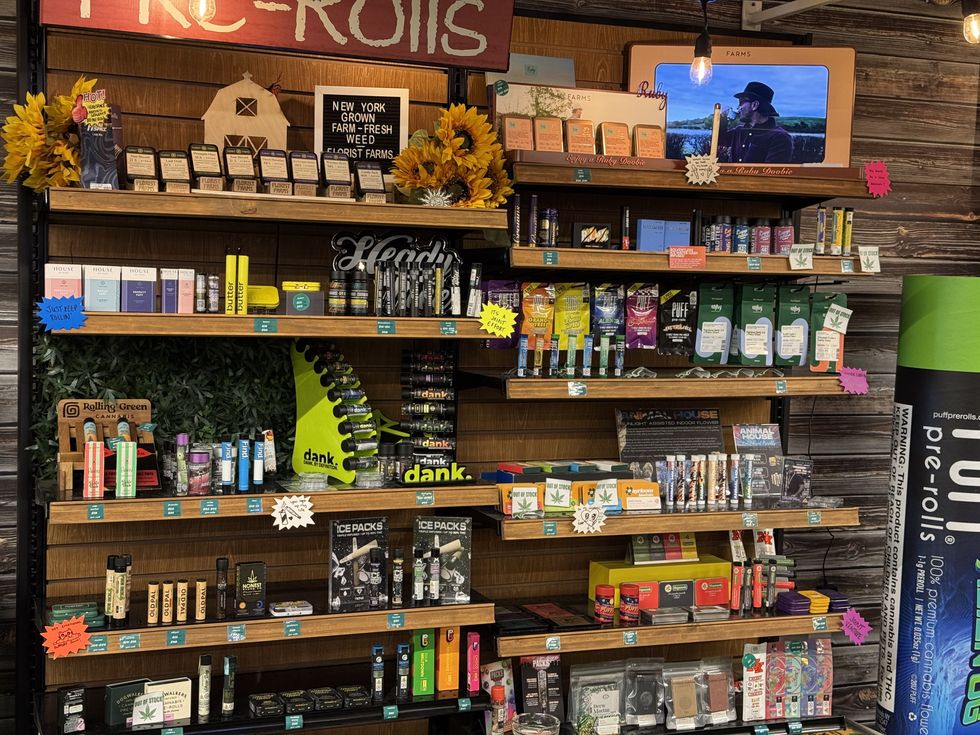
The Bigger Issue: Trust
This isn’t just a scandal. It’s a credibility crisis.
If consumers can’t trust that legal cannabis is safe, tested, and locally grown… why would they stop shopping illicit?
If small farmers can’t trust that the state will protect them from regulatory manipulation… why would they stay in business?
And if regulators can’t ensure that billion-dollar brands play by the same rules… then what was the point of legalization at all?
New York didn’t legalize weed just to give national brands a new coast to dominate. It did so under the promise of justice, equity, safety, and opportunity.
If those values are still on the table, this is the moment to prove it. Not with more task forces or PR statements—but with enforcement, transparency, and real consequences.
Because let’s face it: if this market keeps running on vibes and loopholes, it won’t just be the growers who go under. It’ll be the promise of legalization itself.
Attribution:
This article was informed by reporting in The New York Times, “New York Investigating Cannabis Companies Over Illegal Marijuana Sales” by Ashley Southall, published April 7, 2025. Read the original here.

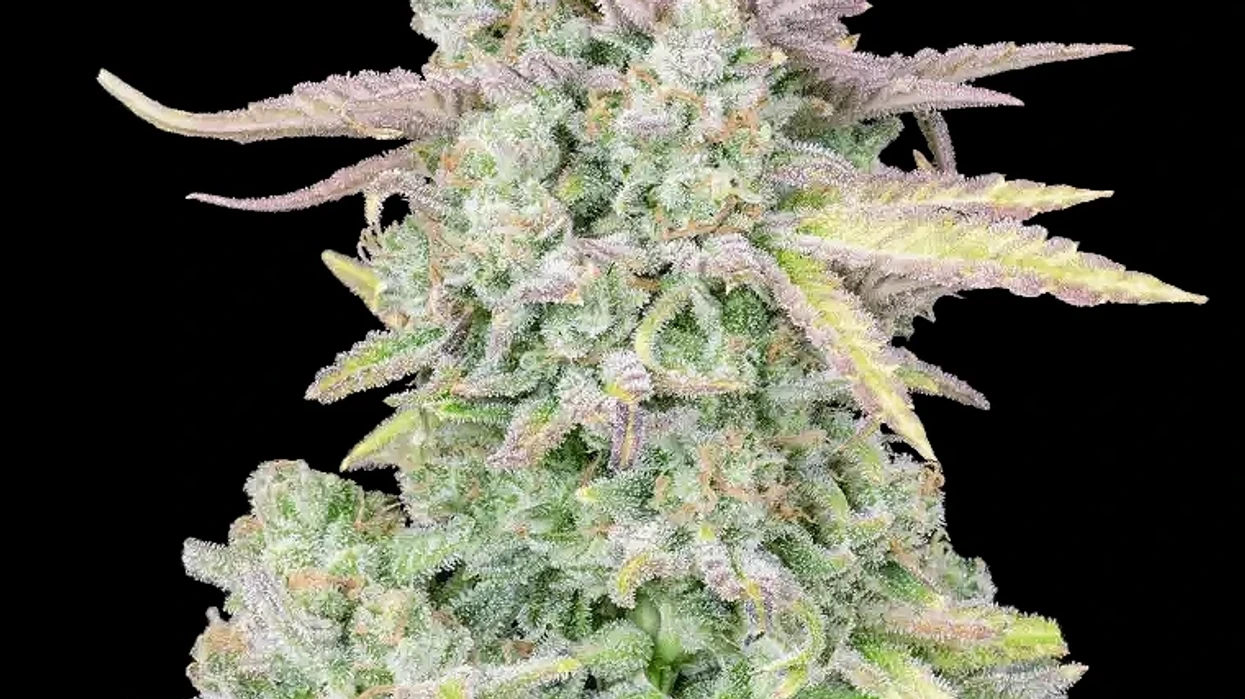

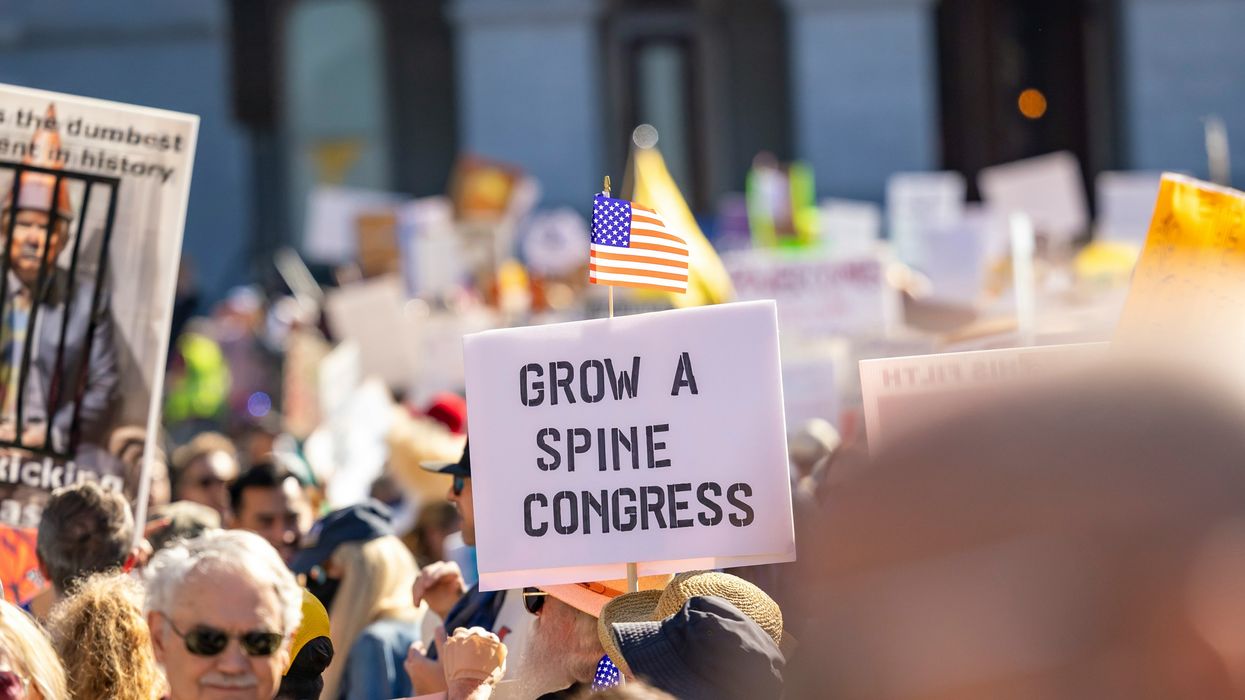


 Scenes from Hall of FlowersPress photo provided by Hall of Flowers
Scenes from Hall of FlowersPress photo provided by Hall of Flowers Scenes from Hall of FlowersPress photo provided by Hall of Flowers
Scenes from Hall of FlowersPress photo provided by Hall of Flowers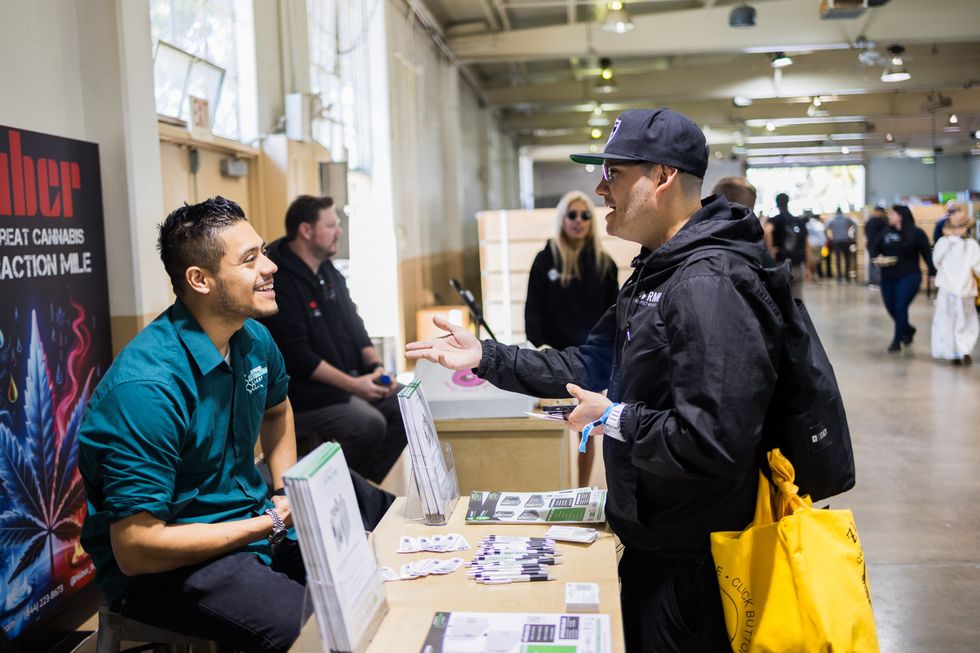 Respect My Region's Joey Brabo talking to an exhibitor at Hall of FlowersPress photo provided by Hall of Flowers
Respect My Region's Joey Brabo talking to an exhibitor at Hall of FlowersPress photo provided by Hall of Flowers
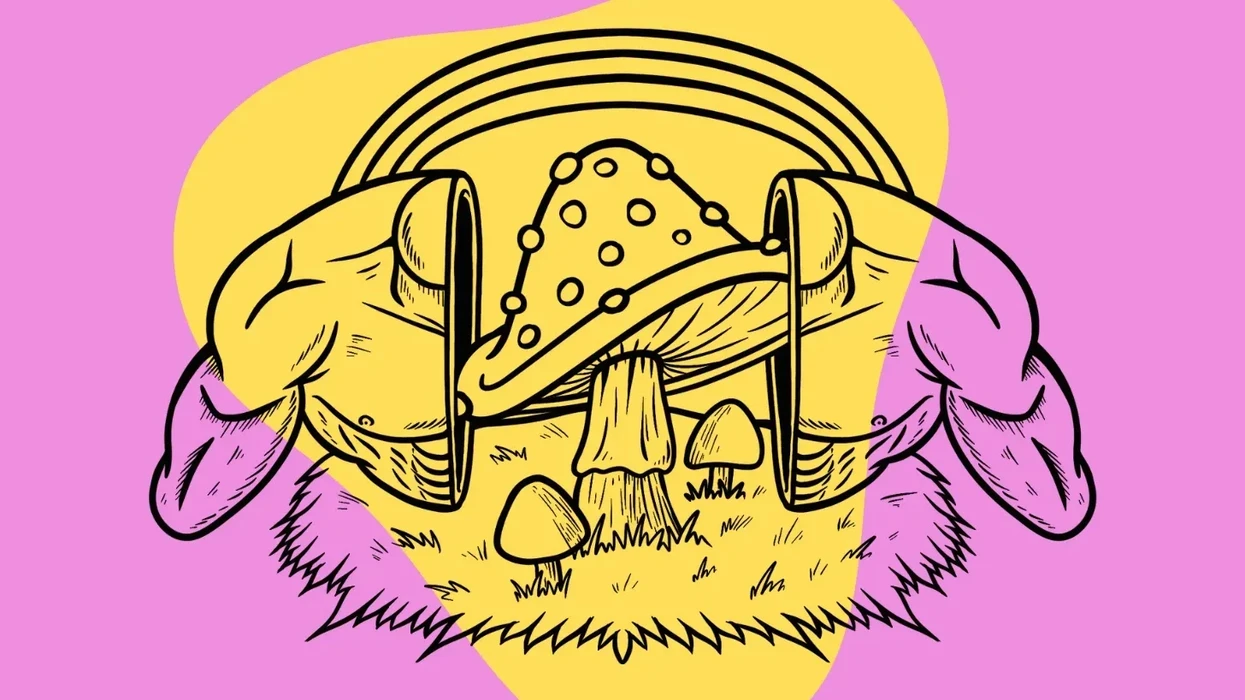
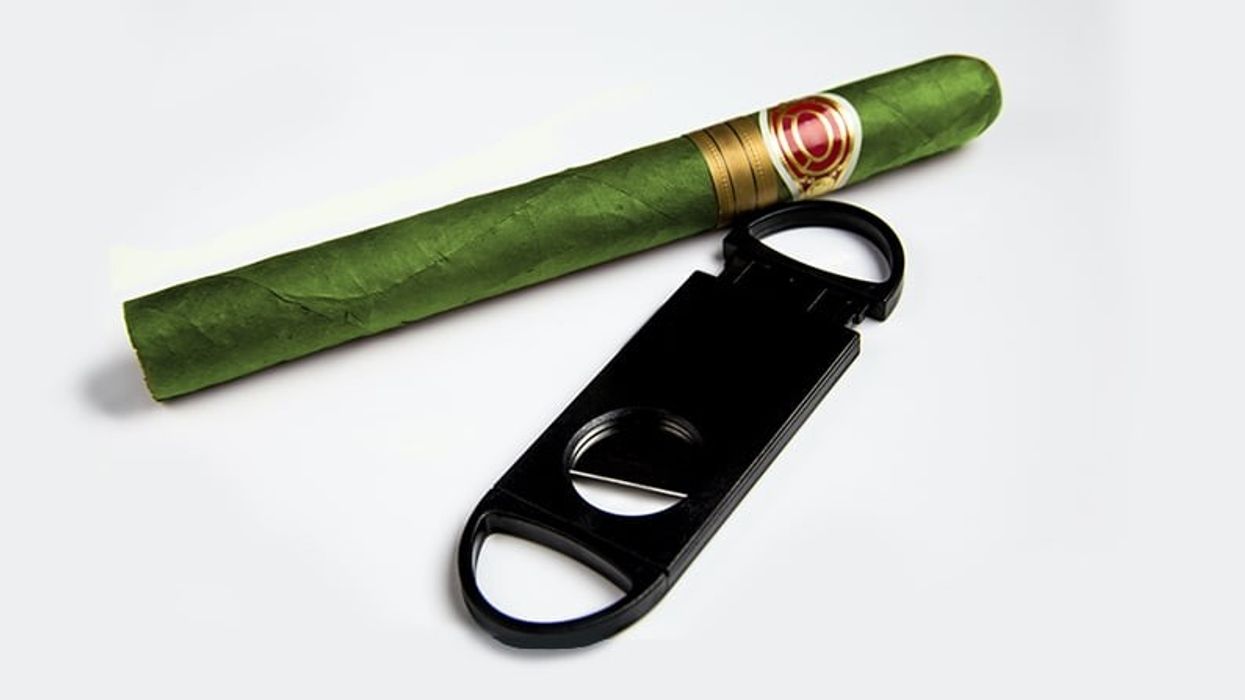


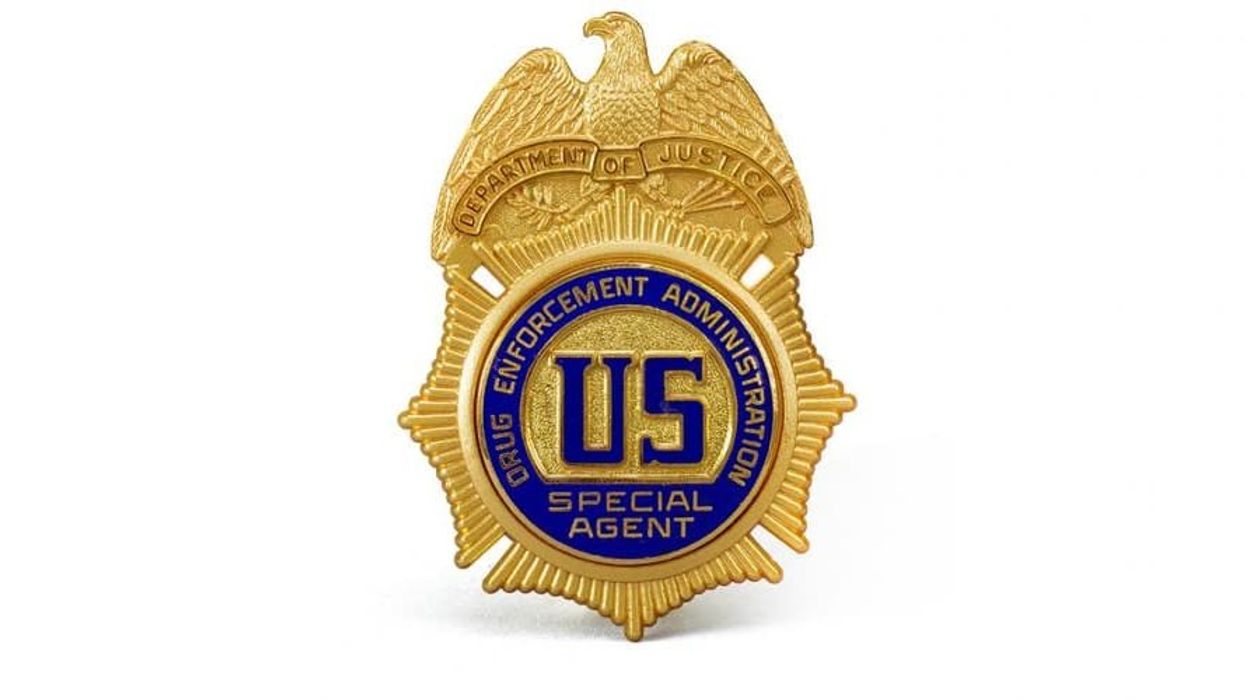
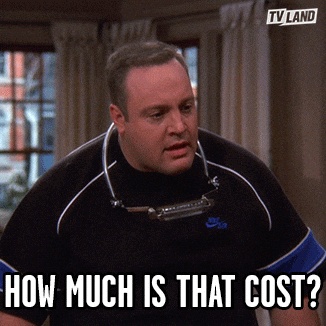
 When it comes to pricing, cultivation methods matter - The Bluntness
Photo by
When it comes to pricing, cultivation methods matter - The Bluntness
Photo by 
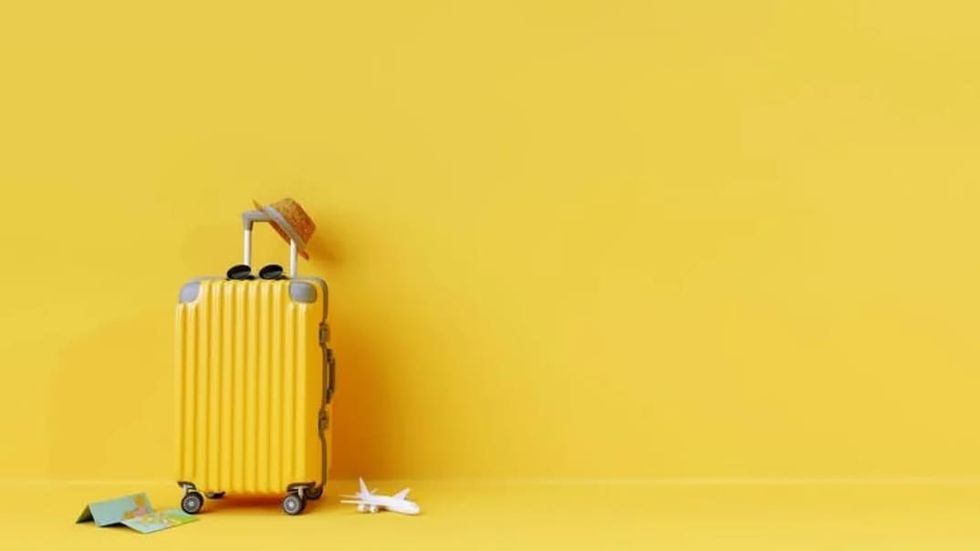
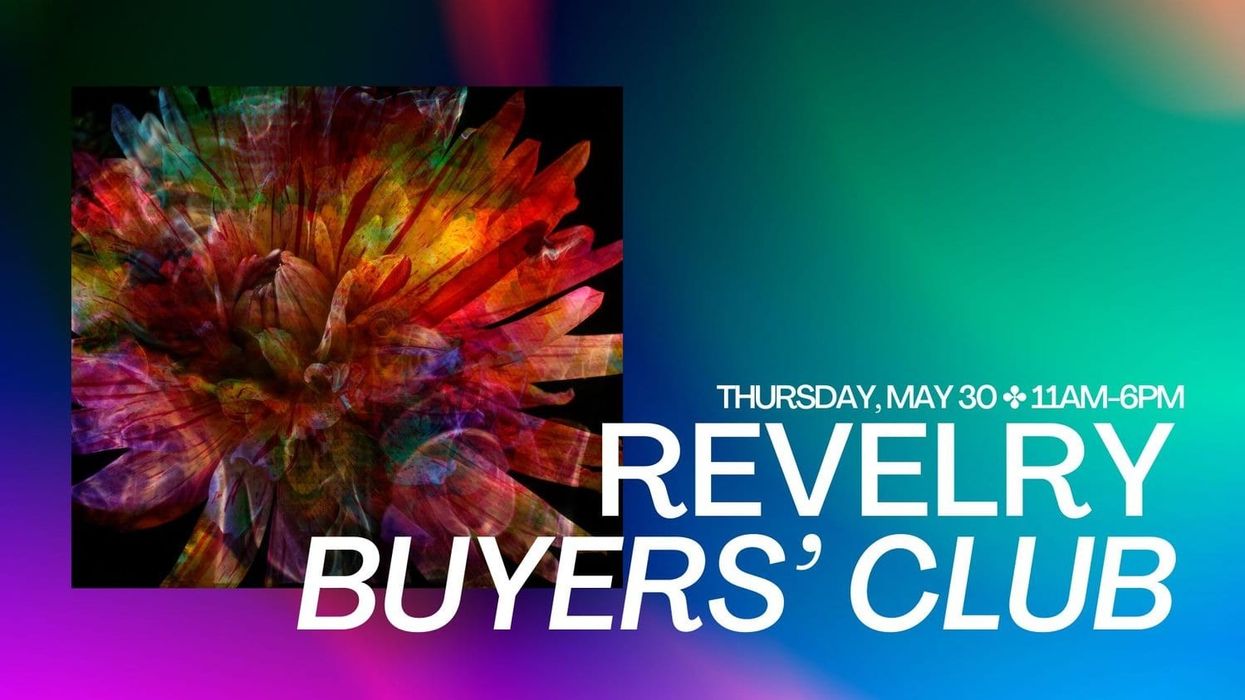
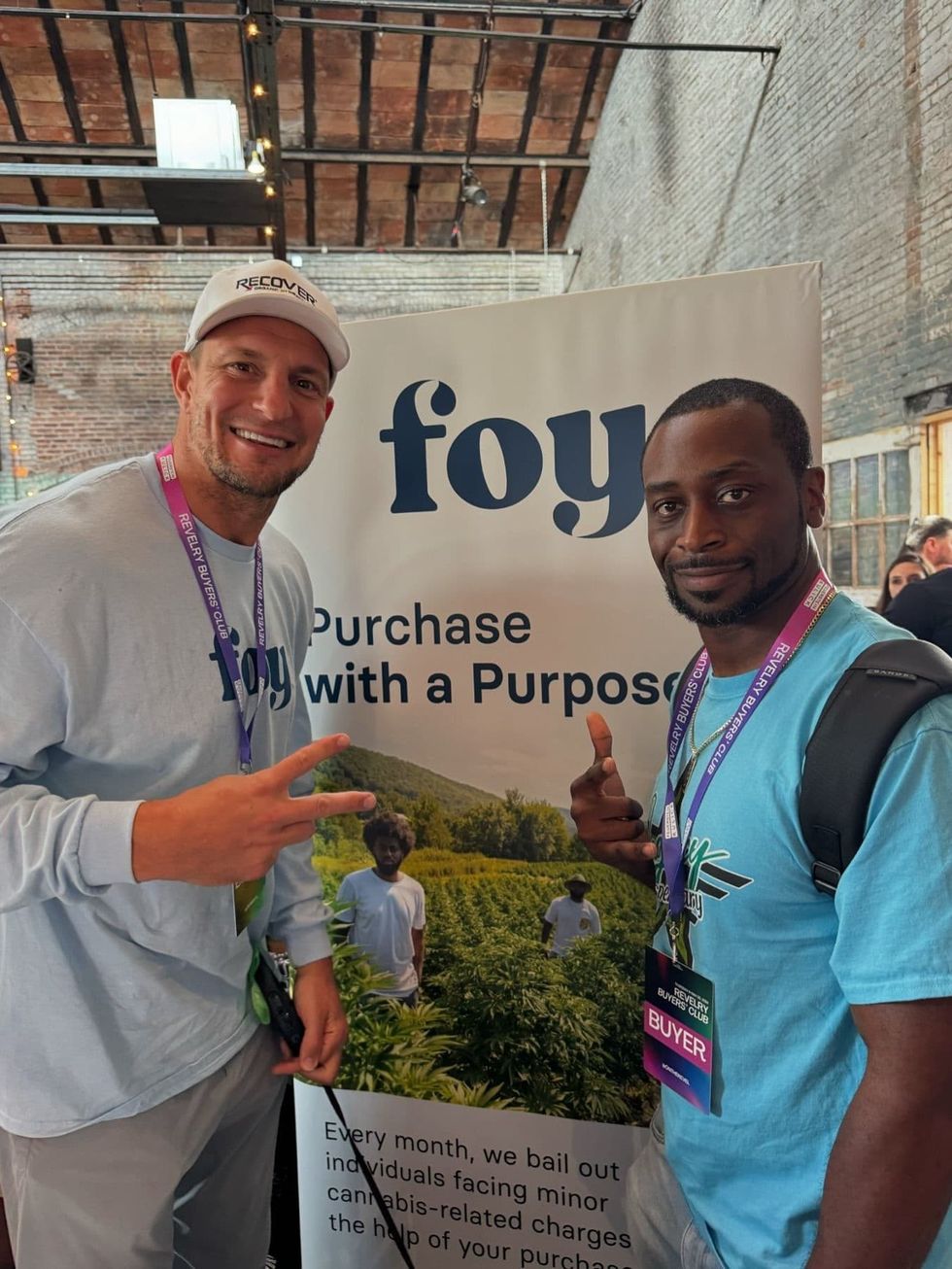 New England Patriot Rob Gronkowski at the Revelry Buyers Club 2024 - The Bluntness
New England Patriot Rob Gronkowski at the Revelry Buyers Club 2024 - The Bluntness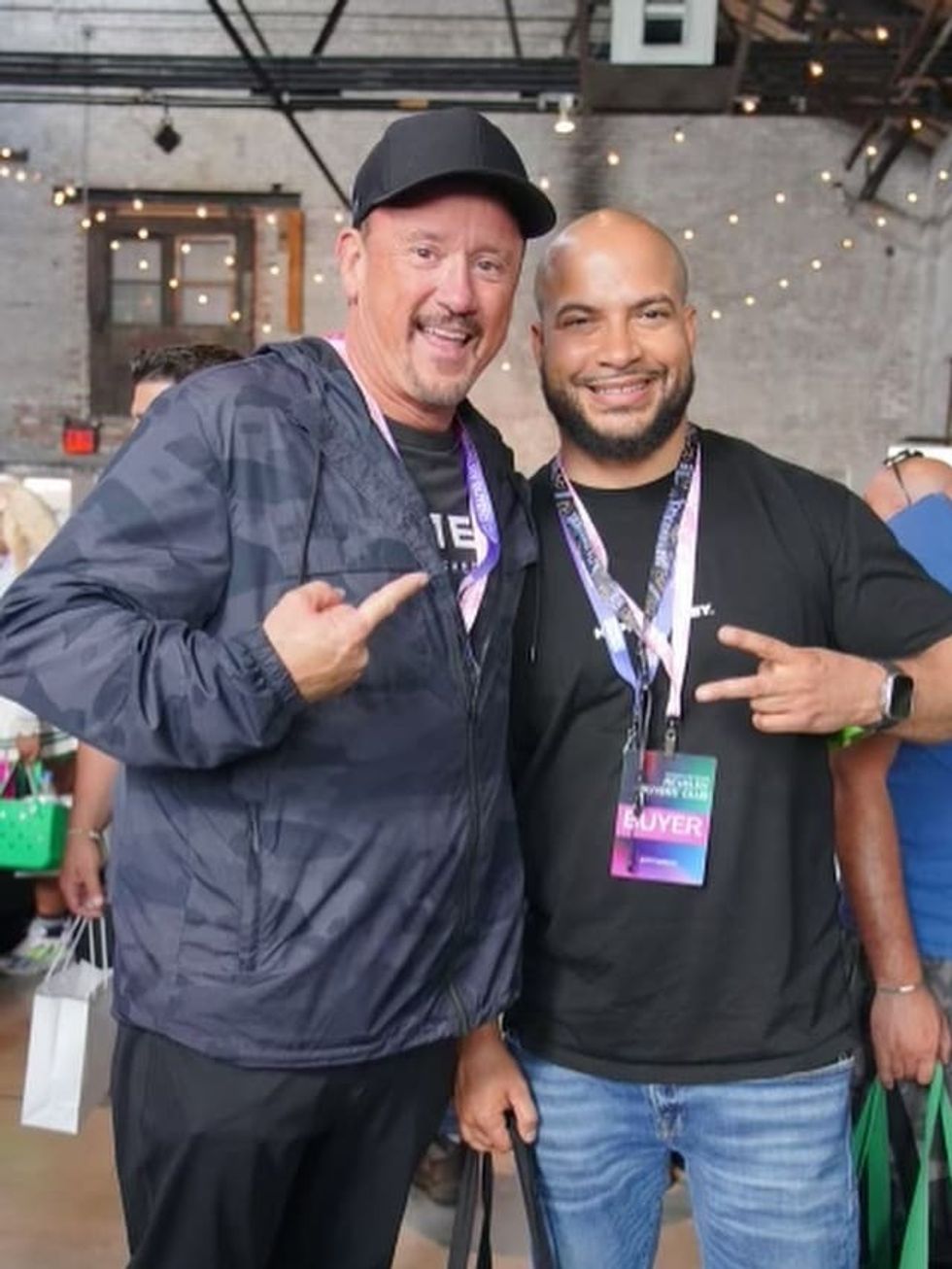 Temeka Group's Mike Wilson with Happy Munkey's Vlad Bautista at the Revelry Buyers Club 2024 - Basilica Hudson.
Temeka Group's Mike Wilson with Happy Munkey's Vlad Bautista at the Revelry Buyers Club 2024 - Basilica Hudson. 
 Are you not entertained????? On The Revel - Revelry Buyers Club
Are you not entertained????? On The Revel - Revelry Buyers Club